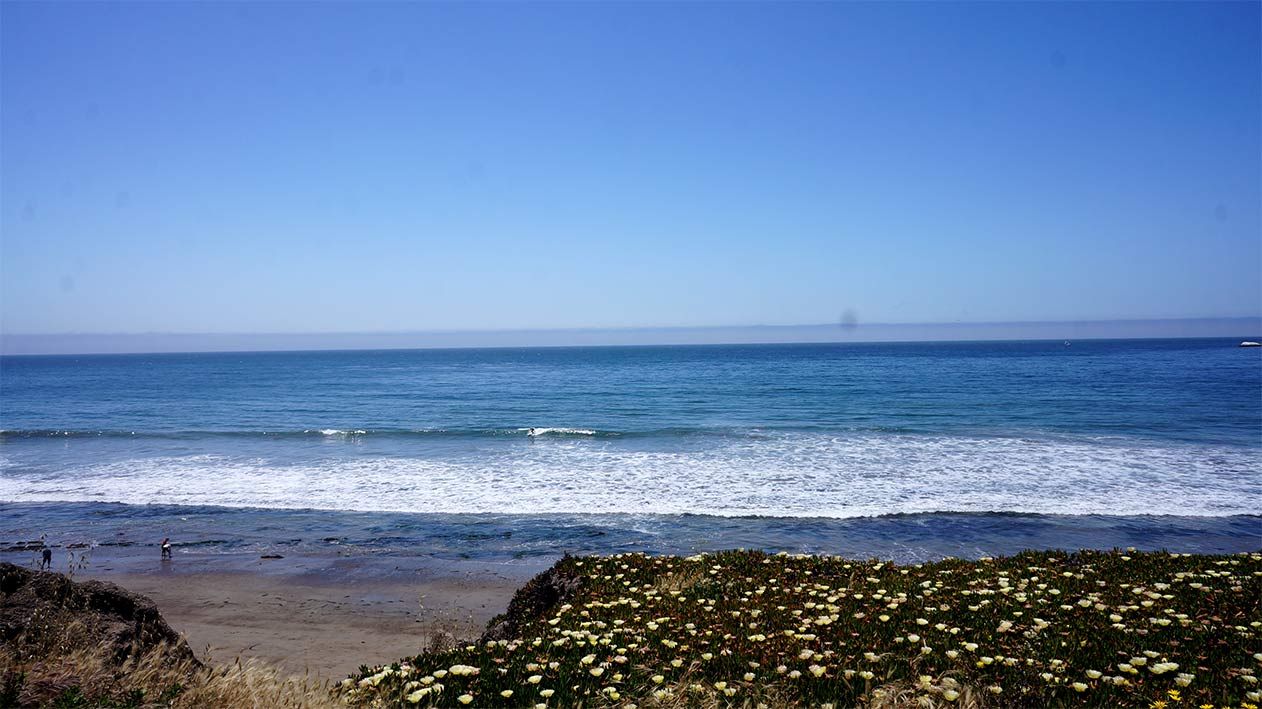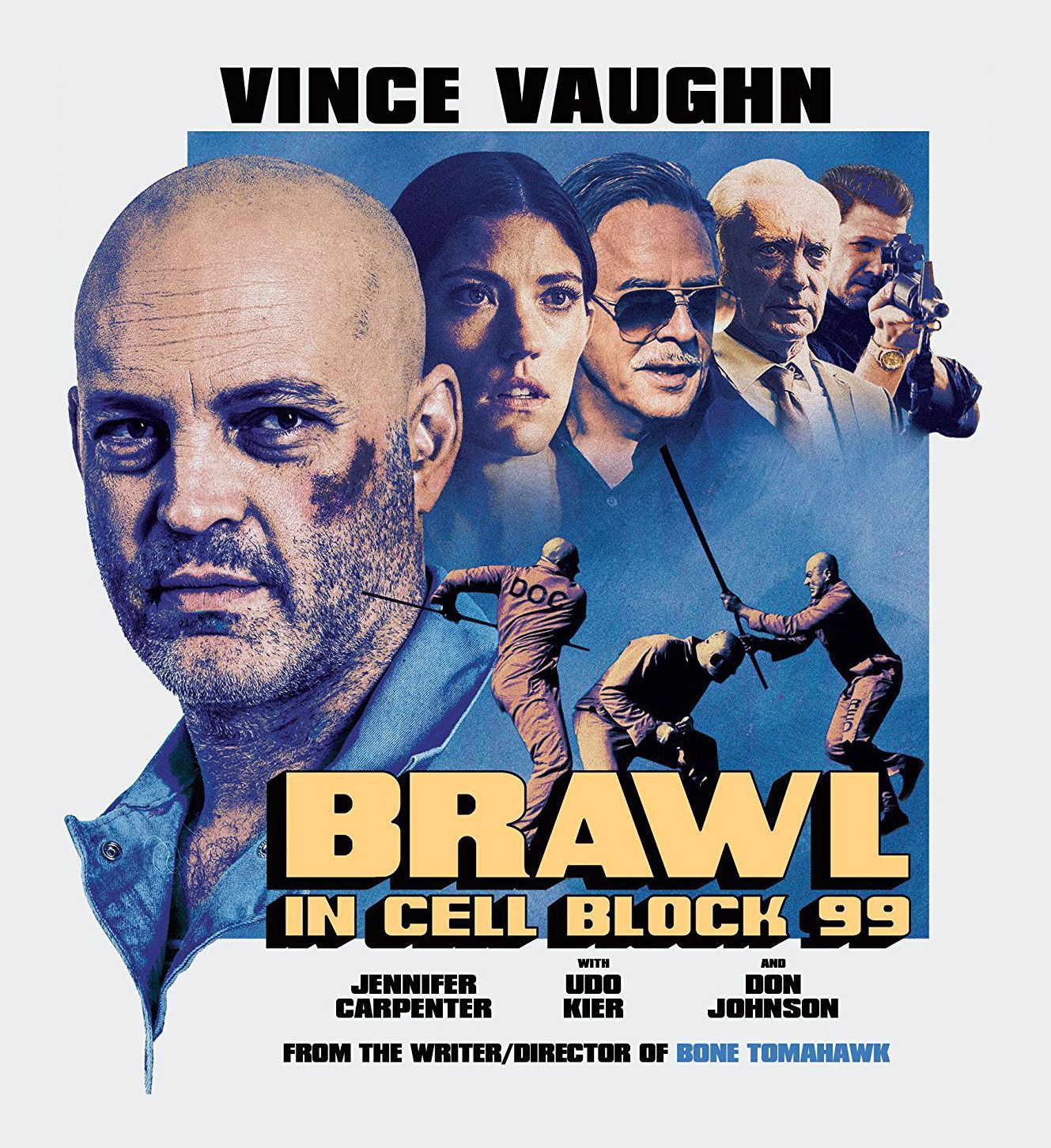Wickiverse
John Wick Trilogy should be the blueprint for all trilogies
Here’s why.
It does everything the first does, but better. More fighting, more reflected neon lights, more designer suits, more guns, more villains, more stunts etc.
John Wick 1 created a world. Most movies can’t pull this off, and those that can (eg. Avengers) are rewarded with countless money making sequels. John Wick 2 now has the luxury to expand on that world.
John Wick 1 didn’t show too much. Just like a good first level of a game, the purpose is to introduce the player to his main character (the hero), some of his abilities, some of his weaknesses, his goals, concepts, show some cool stuff and that’s it. Nothing too complicated. John Wick 2, building off that foundation can now introduce more rules, complications, misfits. We are ready for it, but it would have been too much to be jammed into the original.
John Wick 2 kept telling the same story. The events of the second film happen 4 days after the first, so rather than starting a brand new adventure, it’s just a logical progression from previous events.
It’s still bare bones. I’m sure there are fanboys screaming for more information. What did he do in the past? Who are his allies? Tell us more about the high table.. But they smartly only tell you about the stuff that really matters for the plot.
Lastly, it doesn’t end. John Wick 2 starts with John trying to plug a leaky hole, and by the end he realizes the dam wall is about to crumble onto his head. It makes sense if the 2nd film is x2 the third should be x1000 intensity, especially for this series.
Alex Zhu & Musical.ly Growth
Really enjoyed this interview with Musical.ly founder Alex Zhu. Well worth the watch if you have the time. Otherwise, try and comprehend my notes..
Go with the flow… of Human Nature
For social networks to take off, you need something that goes with social nature (gossiping, messaging) not education. His early idea of an education platform on mobile just didn’t fit with human nature. At first provide utility (like instagram) and then eventually status. Remember, humans are wired to pursue social capital. If the action is only happening on weekly basis, it’s not going to be enough to make a habit. If there is no habit, you can’t grow.
Participatory Design
Musical.ly had a WeChat group of users that use to talk to, joke with, get an understanding of how they think. They always presented new ideas, have conversation, share mockups, wireframes and get feedback before they code a new feature.
- Early on the app had a link in app called “my ideas” that allowed users to send ideas, top things I like, top things I hate. Based on this feedback, they quickly iterated new features.
- They spend a lot of time looking at the content generated, what are users actually doing?
- Makes fake accounts, comment on videos, understand why they made the videos..
Community as a Country
Think of your new community like a country.
At early stage of a new country, you need to build a centralized economy. A mechanism for the first people to get rich. This gives early adopters a reason to migrate over from more established economies where they have ‘hit the ceiling’. They become role models. An example I can think of is early-stage Medium, where all writers got a lot of eyes on their articles.
Later, when there’s more people living there, you need to decentralize, allow the middle class to get attention to. Splinter into sub groups.
The Power of a Strong Value Prop
Adding features does not make an unsuccessful product successful.
A product becomes successful when one core feature (lip syncing) becomes a killer feature. They changed the value prop from general music maker to lip sync.
When they onboarded new users…
- Education: They showed a video explaining the core usecase/value prop. This is about lip syncing!
- Content: They had a curated feed with the absolute best examples.
- Investment: they sent a notification telling them to post their first video..
The only difference between screwing around and science, is writing it down - Adam Savage
Attempted my first whole chicken.
The recipe was Harissa chicken traybake
And in the spirit of science, I thought I’d take a few notes.

Looks pretty good right?
In my excitement I forgot to add oil, vinegar and salt and pepper. All the seasoning. So when I pulled it out of the oven it already looked a bit dry.
I tested the breast with my thermometer and my suspicions were confirmed.
About 170 degrees. Way too hot.
Kenji Lopez, my new kitchen role model says that at 150 degrees all the water collecting in the meat is forced out. Muscle fibers have become squeezed dry. “Congratulations, your dinner is officially cardboard.”
Otherwise, I think this was a success.
I learnt about organic chickens.. The chicken I bought was labelled ‘organic’ which is a food standard enforced by the US Government (USDA). By law, organic birds must be raised on a 100 % organic diet, must not be caged and must have access to pasture and sunlight. The same can’t be said for other labels like “Cage-Free”, where birds may not have access to sunlight, outdoors or get fed the good stuff.
And about chilling.. After slaughter, most conventional chickens are chilled by submerging them into ice water. It’s cheap, but you pay for it when you get it to the chicken. Water adds to the weight, and most of the water will seep out as it cooks. Since it’s mainly collected on the skin, it won’t be as crispy. Air-chilled & organic is the way to go.
Branding as Persuasion
Over the last few years I’ve read up on persuasion. Why? Persuasion bubbles into so many areas of life. Communicating, selling, writing, presenting. There’s a huge overlap with design – and of course mass marketing, or ads.
How to Get anyone to do almost anything you want - Bruce Kasanoff
Yes, I know, I’m linking to a LinkedIn post with a click bait title. Have a read.
The ‘system’ (why is everyone calling everything a system these days?) are reasonable things to think through before crafting an ask.
Reading through the steps, I was reminded of the Fogg Behavior Model & Dale Carnegies “Magic Formula”.
It’s common sense. Your audience is more likely to do what you ask if there’s something in it for them.
But as I read, I realized your classic advertising campaign neatly follows these steps too.
Think of a product like laundry detergent.
Ability: Ads target a certain segment of a market. An audience that has already been defined and assumes they have the ability to pay.
Increasing perceived value: That’s pretty much what a brand does. Laundry detergent and beer are all the same.
Increasing likelihood of value: Probability/Safety is a bit trickier but I think good ads to two things to seal the deal. A giant billboard or a tv ad is proof that the company is successful (can pay) and the fact that millions of other people are seeing the same thing does the same.
Lowering perceived cost: Most advertising campaigns include a simple call to action, or if they don’t, it’s because the product is so ubiquitous you’ll have no problem stumbling across it next time you are in Target. Brand advertising doesn’t ask much of you. Usually just to remember the product over another.
Lowering risk: By choosing a well advertising, famous and popular product obviously lowers the risk. You are not gambling when you try out a new flavor of Tide, rather than an unknown, un-advertising brand.
A brand is a conversation, an identity and also is a form of persuasion.

